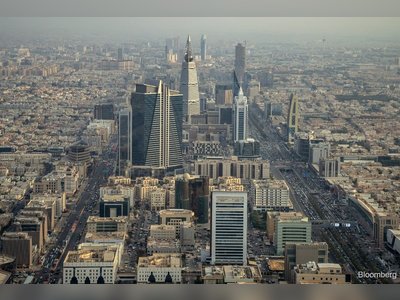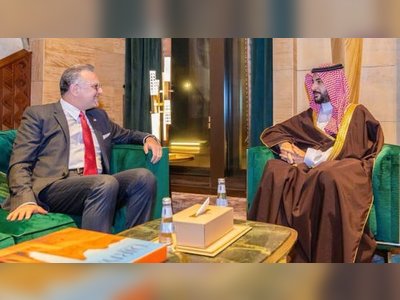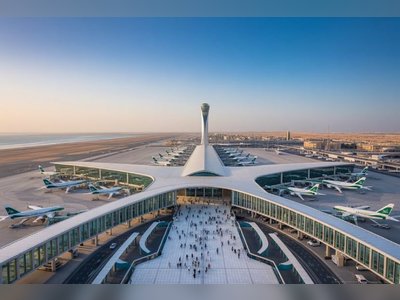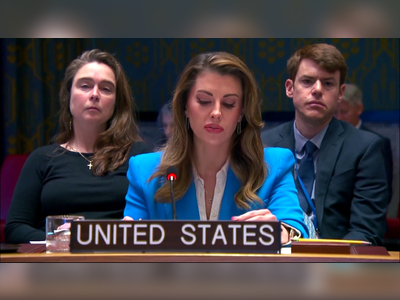
‘They’d come to kill me’: The Afghan tax reformer hunted by the Taliban and abandoned by the Britain he served
Abdullah Sayyid often thinks about the moment the Taliban broke down his door, burst inside and shot his wife. The gunmen left, but would soon redouble their efforts to kill him because of his work for the British government.
Sayyid’s wife was murdered during the chaotic aftermath of Operation Pitting, the UK’s emergency mass airlift from Kabul that began on 13 August last year.
This Wednesday marks a lesser-known anniversary – that of Sayyid’s application to a Home Office resettlement scheme that should have given him a fresh start in the UK. He is currently hiding in the eastern desert of Iran, and his most recent contact with the UK authorities he served for years was in mid-May. Sayyid (not his real name) suspects they have lost his case file – again.
Like many, the 45-year-old was pleased that Afghanistan appeared to be on the right path. He was at the forefront of a programme funded by the Department for International Development to reform Afghanistan’s tax system, which was lauded in evidence given to the British parliament.
“I was quite high-profile, with appearances in the media. Everybody knew what I did,” Sayyid said. That high profile – the widespread knowledge of his association with the British – placed his life in peril when the Taliban seized power, and RAF transport planes began evacuating Afghan nationals – the first landing at Brize Norton soon after midnight on 14 August last year.
Eligible for the UK’s Afghan relocations and assistance policy (Arap), Sayyid submitted his application on 17 August and waited, nervously monitoring the daily scrums outside Kabul airport as 100 RAF flights took 15,000 people to safety.
By the time Pitting ended on 28 August, Sayyid accepted that he had to flee Kabul. He headed south to Kandahar and across to the town of Spin Boldak, from where, under cover of darkness, he walked across the border into Pakistan.
He made his way to Islamabad, checked in at a guesthouse and lay low. In mid September – with no sign of the UK government coming to his aid – his brother-in-law visited his wife at their Kabul home.
In the weeks that followed Pitting, the Taliban were assiduously compiling intelligence on those who had helped the British. Sayyid’s home was among those that were likely to be watched. “Perhaps someone reported that her brother was there and they thought it was me,” he said.
In the early hours of 17 September, his wife woke to pandemonium. A group of Taliban gunmen stormed inside. But their target was 500km away. “They wanted me: they were shouting, ‘You’re the son of British’. They had come to kill me.”
His wife was shot at close range, and taken to the nearby Ali Abad hospital, where surgeons operated to save the 29-year-old’s life. “But the internal bleeding was not stopping,” said Sayyid. Throughout the day, doctors battled to keep her alive.
“Then, during the evening, the Taliban forces came into the hospital and said: ‘She’s not allowed to be treated here – take her away.’ They just kicked her out of the hospital.”
She was taken to Sayyid’s sister, a doctor, with Sayyid kept informed of any developments, knowing that if he returned to Kabul he would be killed. Regular updates confirmed that his wife’s condition continued to deteriorate. “The bleeding was non-stop,” said Sayyid. On 20 September, she died.
Justice, even revenge, was impossible. Sayyid discovered that among those involved in his wife’s death was a senior figure in the Taliban’s intelligence services.
With still no word from the UK Home Office, he journeyed to the Pakistani city of Peshawar and found work with a medicine firm.
At the start of 2022 came more grim news. “On 1 January my caseworker told me they couldn’t find my application,” he said. Five days later, Sayyid applied to Arap again. “They told me everything’s received, everything is going well,” he said.
Several months passed, with Sayyid keeping his head down, waiting for fresh Home Office developments.
They never came. Instead he was recognised in Peshawar by a member of the Haqqani network, a pro-Taliban organisation blacklisted by the US as a terrorist group and supported by Pakistan’s feared ISI intelligence agency. “He said: ‘We know you, we know that you are a very high official in the last Afghan government and are in hiding’. The Haqqani network have very high influence in Pakistan, they are very dangerous.”
Fearing he would be assassinated in the border city, Sayyid hurriedly adopted a disguise, including a “very long beard”. He fled south to Quetta in the Pakistani province of Balochistan and on to the Iranian city of Zahedan, east of the Dasht-e Lut desert. “It’s Baloch people, there’s no Haqqani network, no Taliban influence.”
Yet Sayyid fears there is nowhere in the region that will stay safe indefinitely. His last contact with the Home Office was on 17 May. “I think they have lost the application again. I have no plan now, only that I want to leave Asia for ever, not just Afghanistan, and never come back.”
The Home Office has been approached for comment.











